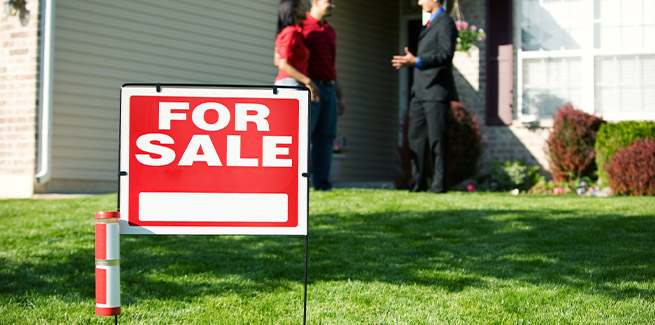Property research group CoreLogic has released its latest Pain and Gain report for the first quarter of 2020, reporting that the portion of homes resold for a profit fell to 87.7 per cent in the March quarter from 88.7 per cent in the December quarter.
The total value of gross profit gained from resold dwellings was down 12.0 per cent from the December 2019 quarter to $19.8 billion in the March quarter. Losses totalled $908.6 million in the March quarter, up from $766 million in the December 2019 quarter.
However, profits were considerably higher than the $14.3 billion recorded over March 2019 when the housing market was in a slump.
Nationally, the portion of loss-making resales inched higher over the March quarter, making up 12.3 per cent of all resales.
The report noted that while the actual number of loss-making sales were about 4 per cent lower over March than in the December quarter, total sales volumes fell by 11.0 per cent.
CoreLogic head of research, Australia, Eliza Owen said that the increase in the portion of loss-making sales over the March quarter could not be completely attributed to the coronavirus pandemic, the associated social distancing measures and the economic fallout from the restrictions.
“Despite the potential for some fallout from COVID-19 at the end of the quarter, only a small portion of the loss-making sales are a reflection of the onset of the pandemic,” Ms Owen said.
“The March quarter does not capture the full extent of decline in the property market that had resulted from COVID-19, with some of the biggest shocks to real estate transaction activity and the economy concentrated in the June quarter.
“In the first section of the report, the underlying transaction data shows that the portion of loss-making sales stayed relatively steady with the onset of strict social distancing in late March. This is because the volume of sales has declined, with vendors likely to hold, rather than sell, in a highly uncertain economic period.”
CoreLogic estimates of modelled sales volumes revealed that there was a 32.4 per cent decline in transaction activity in April 2020, which then recovered over May and June.
According to Ms Owen, this could suggest that there could be an increase in the portion of loss-making sales over the second half of 2020.
However, the volume of sales activity could be more restrained as vendors were less likely to venture into the housing market during the peak of the pandemic.
Ms Owen also suggested that assistance for mortgage holders whose jobs and incomes have been affected by the pandemic such as mortgage repayment holidays could have contributed to keeping loss-making sales low.
Capital city trends
Across the capital cities, Darwin experienced the highest portion of loss-making sales over the March quarter, where 50.5 per cent of all properties were sold at a loss.
Darwin also saw the highest increase in the portion of loss-making sales from December 2019, rising by 2.8 per cent.
Hobart experienced the lowest portion of loss-making sales over the March quarter, with 97.6 per cent of sellers making a profit on their homes, while Sydney was the only other capital city to see a reduction in the portion of loss-making sales from the December 2019 quarter, declining from 7.9 per cent to 7.6 per cent.
However, Ms Owen warned that this trend in Sydney could change over 2020 amid property price declines. Dwelling values were down 0.8 per cent in Sydney over June.
“This is a trend that may become more broad-based across the capital cities, as persistently high unemployment in 2020 creates a headwind for the profitability of housing,” Ms Owen said.
Melbourne resale profits at risk
In Melbourne, while the rate of loss-making resales increased, there were 716 loss-making sales over the March quarter, compared with 904 over the December 2019 quarter.
“This reinforces a sense of stability that has been maintained in the housing market at a high level, as a result of lower transaction activity,” Ms Owen said.
“Maintaining this stability will be dependent on the banking sector and government to extend relief of mortgage repayments, and income support, until the virus curve is once again flattened across the state.”
Melbourne dwelling values declined by 2.3 per cent in the June quarter, while the Victorian government has imposed an extended period of lockdown in Melbourne and Victoria to combat the rise of COVID-19 cases, including banning on-site auctions and property inspections again in COVID-19 hotspots.
Ms Owen warned that it is highly likely that the portion of loss-making sales will increase in the metropolitan area over the coming months.
Units versus houses
Nationally, units had a higher portion of loss-making sales at 19.8 per cent, compared with 9.8 per cent in house sales. The loss was more concentrated among investors at 16.8 per cent, compared with owner-occupiers at 10.3 per cent.
The research also found that longer hold periods were linked to higher profits from property resales.
The typical hold period for loss-making house sales was 6.8 years, compared with 9.8 years in profitable resales.
The usual hold period for loss-making units was 6.4 years, compared with 8.3 years among units that resold for a profit.
[Related: Deferral extensions ‘significantly raise’ credit quality risks]
 ;
;
